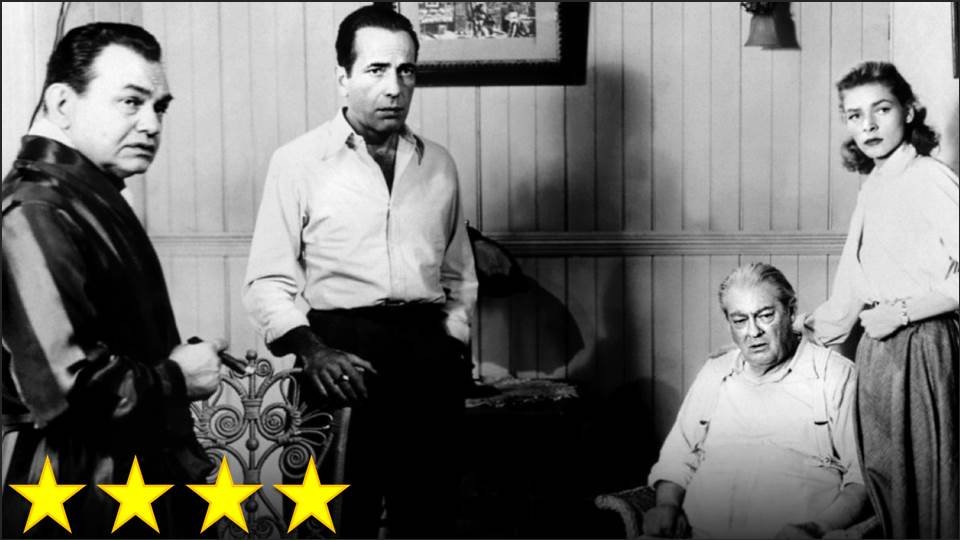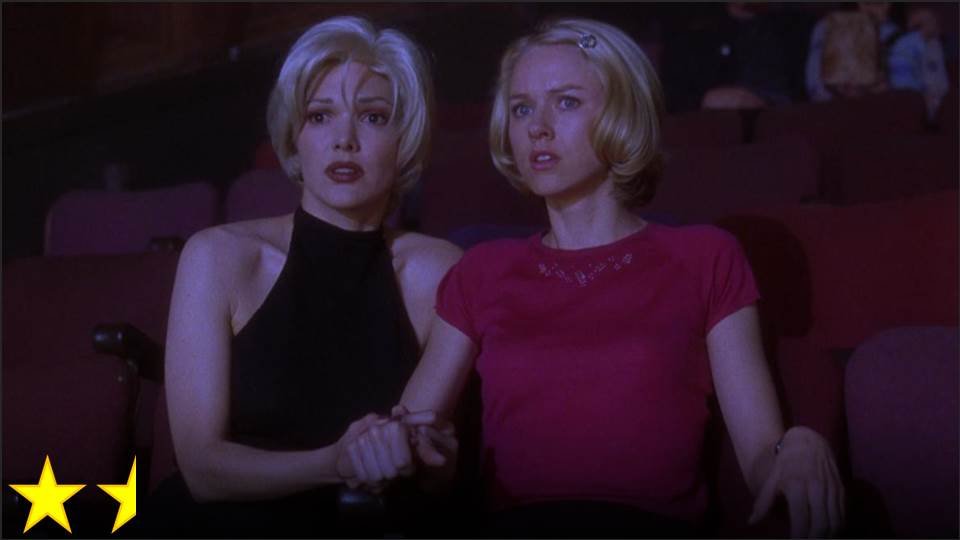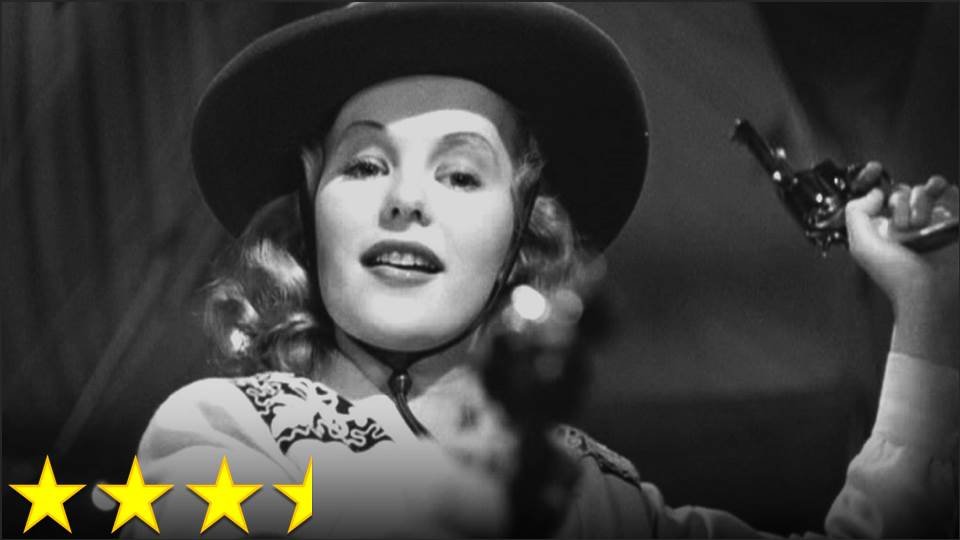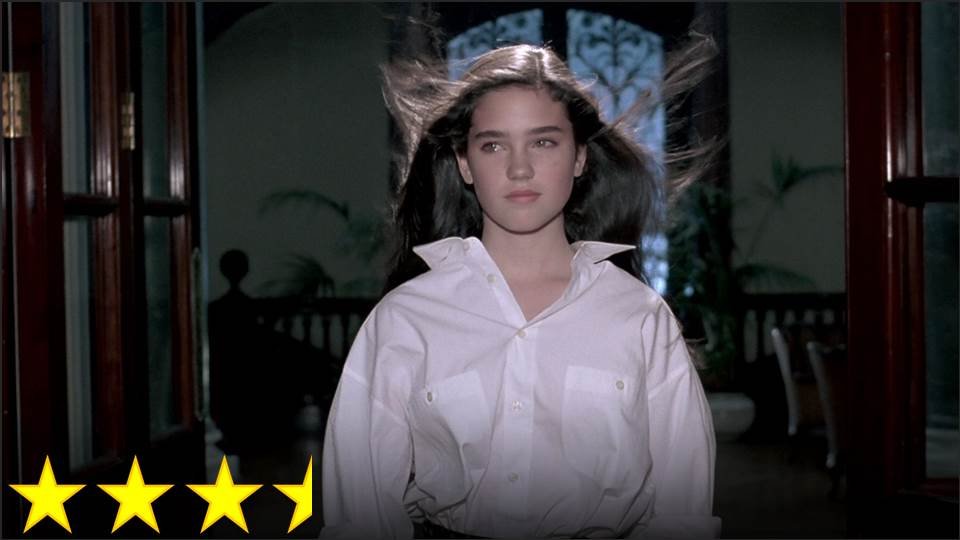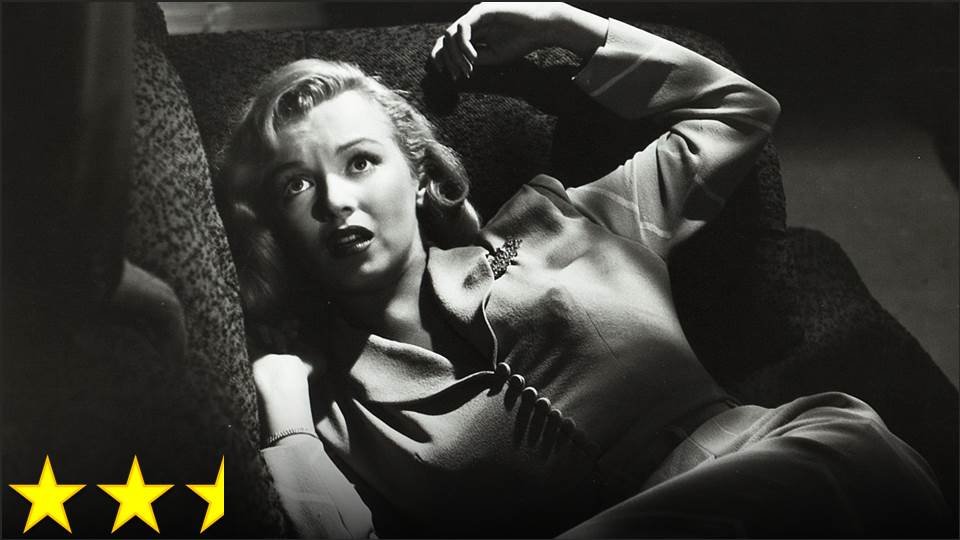This film seems to have three aims: paying tribute to Classical Hollywood, parodying film noir, and successfully integrating actors from old movies into the film’s story only using footage of them taken from their classic films. With its first goal, the film is successful. The love that this crew and cast have for classic movies – down to the lights, sets, and costumes – is abundantly evident and infectious. This is a perfectly serviceable “nostalgia fest,” but as a movie, it’s not that funny. There are a few good laughs in the film, such as the spin on Lauren Bacall’s classic line, “Just put your lips together and blow,” but the comedy was generally underwhelming (and occasionally juvenile). I think this is because the movie was both a tribute and a parody – it simply repeated elements of film noir and played them as parody if they seemed funny and as tribute if they weren’t. Had the creative team focused more on putting comedic twists on the film noir tropes they were supposed to spoof, I think the movie could have been much better, but as it is, it almost seems as though the comedy was an afterthought.
For its third task, however, Dead Men is impressive and satisfying. In a time before CGI, it’s hard to think of how Steve Martin could share a scene with a young Fred MacMurray, but this film pulls off the trick fairly convincingly. It’s true that the difference between the scenes shot in the 1940s and the scenes shot in the 1980s is very noticeable from the film quality, but the effect is still better than Rogue One‘s cartoon Peter Cushing. This is not only a technical feat, but a testament to great writing, masterfully crafting a story that can use old dialogue in new ways (besting even the interview collages of “Weird Al” Yankovic). This third task is the part of the film that stands out – the part that shows Reiner and Martin’s intelligence. So, as the saying goes, “two out of three ain’t bad,” but if the primary goal is for it to be entertaining and make people laugh, Dead Men Don’t Wear Plaid leaves much to be desired.

